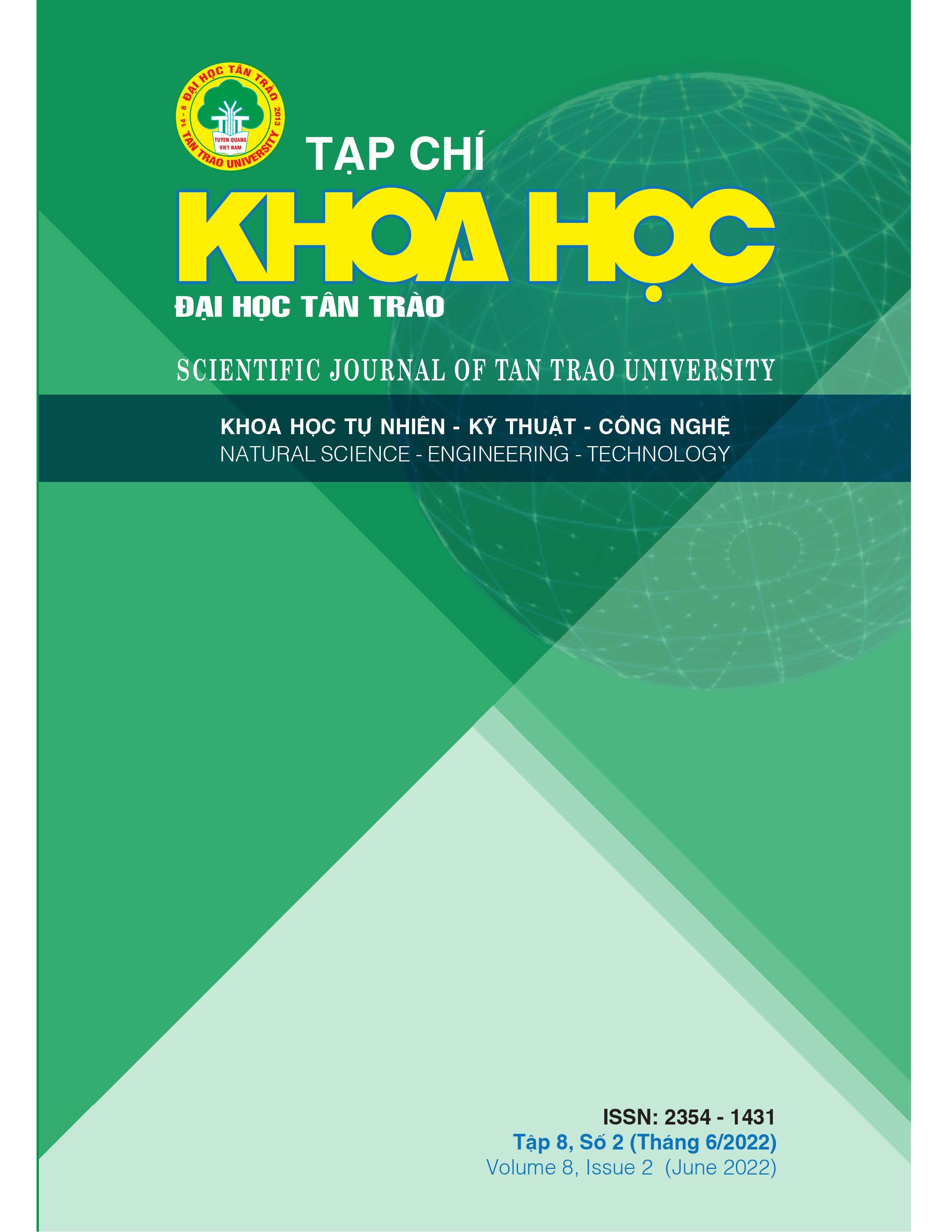ITERATIVE METHODS FOR SOLVING THE MULTIPLE-SETS SPLIT FEASIBILITY PROBLEM
DOI:
https://doi.org/10.51453/2354-1431/2022/741Keywords:
Multiple-sets split feasibility problem, nonexpansive mapping, fixed point, metric projection, iterative methodAbstract
Recently, due to the influence of business management, the concepts of management and administration are used arbitrarily. This gives rise to many misunderstandings in management, leadership and administration. In many fields, there is a tendency to abuse the term administration to replace management. This needs to be seriously considered. This article discusses the nature and relationship between management and administration.
Downloads
References
[1] Buong. N. (2017), Iterative algorithms for the multiple-sets split feasibility problem in Hilbert spaces, Numer. Algorithms, vol. 76, pp. 783-789.
[2] Buong. N., Hoai, P. T. T., Binh. K. T. (2020), Iterative regularization methods for the multiple-sets split feasibility problem in Hilbert spaces, Acta Applicandae Mathematica, vol. 165, pp. 183-197.
[3] Byrne. C. (2002), Iterative oblique projection onto convex sets and the split feasibility problem, Inverse Problems, vol. 18, pp. 441-453.
[4] Byrne. C. (2004), A unified treatment of some iterative methods in signal processing and image reconstruction, Inverse Problems, vol. 20, pp. 103-120.
[5] Censor. Y., Elfving. T. (1994), A multiprojection algorithm using Bregman projections in a product spaces, Numer. Algorithms, vol. 8, pp. 221-239.
[6] Censor. Y., Elfving. T., Herman. G. T. (2001), Averaging strings of sequential iterations for convex feasibility problems. In: Inhenrently parallel algorithms in feasibility and optimization and their applications (Haifa, 2000) Stud Comput. Math, vol. 8, pp. 101-113, North-Holland Amstrerdam.
[7] Censor. Y., Elfving. T., Knop. N., Bortfeld. T. (2005), The multiple-sets split feasibility problem and its applications for inverse problems, Inverse Problems, vol. 21, pp. 2071-2084.
[8] Censor. Y., Bortfeld. T., Martin. B., Trofimov. A. (2006), A unified approach for inverse problems in intensity-modulated radiation therapy, Phys. Med. Biol, vol. 51, pp. 2353-2365.
[9] Censor. Y., Motova. A., Segal. A. (2007), Perturbed projections and subgradient projections for the multiple-sets split feasibility problem, J. Math. Anal. Appl, vol. 327, pp. 1244-1256.
[10] Chen. Y., Guo. Y., Yu. Y., Chen. R. (2012), Self-adaptive and relaxed self-adaptive projection methods for solving the multiple-set split feasibility problems, Abstract and Applied Analysis, Article ID 958040, 11pp, doi:10.1155/2012/958040.
[11] Qu. B., Xiu. N. (2008), A new halfspace-relaxation projection method for the split feasibility problem, Linear algebra and its applications, vol. 428, pp.1218-1229.
[12] Rockafellar. R.T. (1970), Convex Analysis, Princeton University Press, NJ.
[13] Takahashi. W., Toyota. M. (2003), Weak convergence theorems for nonexpansive mappings and monotone mappings, J. Optim. Theory and Appl, vol. 118, pp. 417-428.
[14] Wang. J., Hu. Y., Yu. C. K. W., Zhuang. X. (2019), A family of projection gradient methods for solving the multiple-sets split feasibility problem, J. Optim. Theory Appl, vol. 183, pp. 520-534.
[15] Xu. H.K. (2006), A variable Krasnosel'skii -Mann algorithm and multiple set split feasibility problem, Inverse Problems, vol. 22, pp. 2021-2034.
[16] Yang. Q. (2004), The relaxed CQ-algorithm solving the multiple-sets split feasibility problem, Inverse Problem, vol. 20, pp. 1261-1266.
[17] Zarantonello. E. H. (1971), Projections on convex sets in Hilbert sapce and spectral theory, in: E.H. Zarantonello (Ed.) Constributions to Nonlinear Functional Analysis, Academic, New York.
Downloads
Published
How to Cite
Issue
Section
License

This work is licensed under a Creative Commons Attribution-ShareAlike 4.0 International License.
All articles published in SJTTU are licensed under a Creative Commons Attribution-ShareAlike 4.0 International (CC BY-SA) license. This means anyone is free to copy, transform, or redistribute articles for any lawful purpose in any medium, provided they give appropriate attribution to the original author(s) and SJTTU, link to the license, indicate if changes were made, and redistribute any derivative work under the same license.
Copyright on articles is retained by the respective author(s), without restrictions. A non-exclusive license is granted to SJTTU to publish the article and identify itself as its original publisher, along with the commercial right to include the article in a hardcopy issue for sale to libraries and individuals.
Although the conditions of the CC BY-SA license don't apply to authors (as the copyright holder of your article, you have no restrictions on your rights), by submitting to SJTTU, authors recognize the rights of readers, and must grant any third party the right to use their article to the extent provided by the license.


